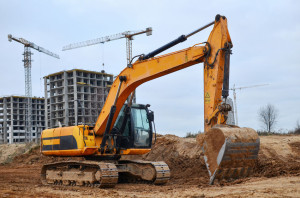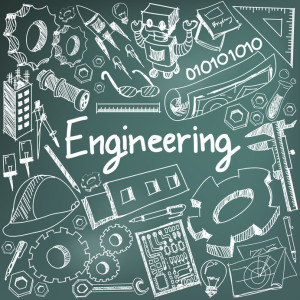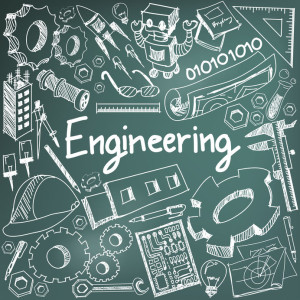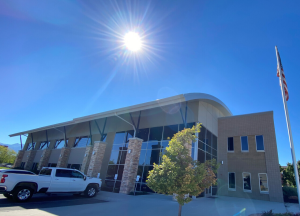5 top tips for staying safe on the job site
 As civil and structural engineering professionals, we spend a lot of time working with construction and contracting professionals. We spend a lot of time on job sites and consistently find ourselves in potentially dangerous situations. This is why proper safety on a construction job site is so important for all parties to observe.
As civil and structural engineering professionals, we spend a lot of time working with construction and contracting professionals. We spend a lot of time on job sites and consistently find ourselves in potentially dangerous situations. This is why proper safety on a construction job site is so important for all parties to observe.
Those who work in construction as licensed contractors have an important but potentially dangerous job. Construction sites are rife with opportunities for construction workers to injure themselves. This is particularly true for new workers or those who are not aware of construction site risks. Certainly, some accidents are more serious than others. But any accident is bad, no matter how small or non-existent the injury. Jobsite injuries cause contractors to lose income. It could also negatively impact their reputation when it comes to finding new work.
That’s why, in the spirit of safety, we wanted to take a moment in our latest blog post to examine job site safety. Here are your top tips for staying safe on a construction job site.
1. Wear the right clothing and gear.
One of the easiest ways to ensure safety on the job is to ensure you’re wearing the right clothing, including shoes and hard hats. This may seem like common sense to many, but far too many accidents happen because the worker was not wearing the right gear. Construction professionals must always keep gear at the front of their minds so that they do not forget something important. Construction contractors should always have the appropriate shoes or boots that are reinforced, as well as adequate head protection with a safety helmet. They should also come to the job with eye gear and gloves. And if your employer does not offer these items, it’s time to have a chat with the boss. That’s because not providing workers with appropriate gear could be an OSHA violation. Yikes!
2. Lift heavy objects properly.
It’s not uncommon for construction contractors to suffer from random aches and pains after a long day at a job site. And yet, some of this pain can be avoided provided they’re lifting properly. Always take extra care when lifting or moving heavy objects. You want to make sure you bend at the knee rather than using your back. This prevents added pressure on your joints, shoulders and/or neck. You also want to make sure you minimize the twisting of your body when moving heavy items and make sure your body is properly grounded beforehand. These may seem like simple tips, but they go a long way to preventing an unnecessary injury that can result in a medical leave.
3. Pay attention to weather conditions.
Weather is an important factor in any construction job. Even the most seasoned contractors experience can experience injuries when the weather is bad or blustery. If you’re operating machinery on the job site, the weather is an even more important consideration. Crane operators, for example, must take the weather into account before beginning their day. Construction workers should take extra time going up and down ladders and wear the appropriate weather gear if the weather is bad. Always keep the weather in mind when you get to the job site.
4. Keep your work area clean.
Unclean work areas are the norm in the construction sector, but they shouldn’t be. Cluttered work areas can cause unwanted delays and even contribute to slip and fall injuries. Sure it may take some extra time, but it is worth it. You need to be sure to clear your work area before beginning work and set an example for your fellow construction professionals. This may involve cleaning up spills, drying out spaces where electrical work may be done or removing waste. A clean project area can drastically reduce the chance of injury.
5. Safely use your ladders.
Construction professionals use ladders every day on the job site. This is probably why ladder-related injuries are so common in the construction sector. Make sure you understand all OSHA rules before climbing a ladder. Take care to follow guidelines every time and use a spotter to make sure you’re steady on the ladder. Avoiding ladder injuries is simple when ladders are grounded and stable before use. Avoid rushing and take your time to ensure you don’t suffer from a ladder injury.
Each of these safety tips for construction contractors helps to reduce the potential for injuries on the job. But more than that, they also decrease other unrelated issues when it comes to job site safety. These issues could include workplace injury claims or OSHA violations. That is why it is so important that you take the time to review these safety tips before starting the next project. You want to make sure all of your workers are doing everything possible to prevent unnecessary injuries. Safety is everyone’s business, after all.









